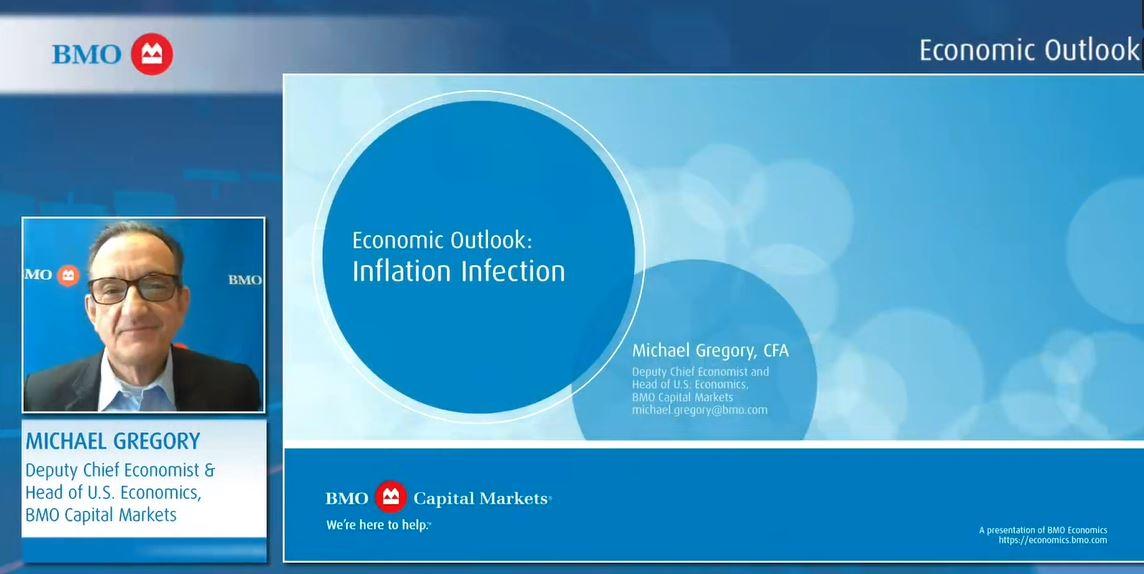Michael Gregory, Head of U.S. Economics, BMO Capital Markets, recently discussed the economy, including the implications of the COVID-19 variants, the surge in inflation and supply chain bottlenecks, and the current labor market. Watch the full discussion.
Economic Outlook: Inflation Infection
